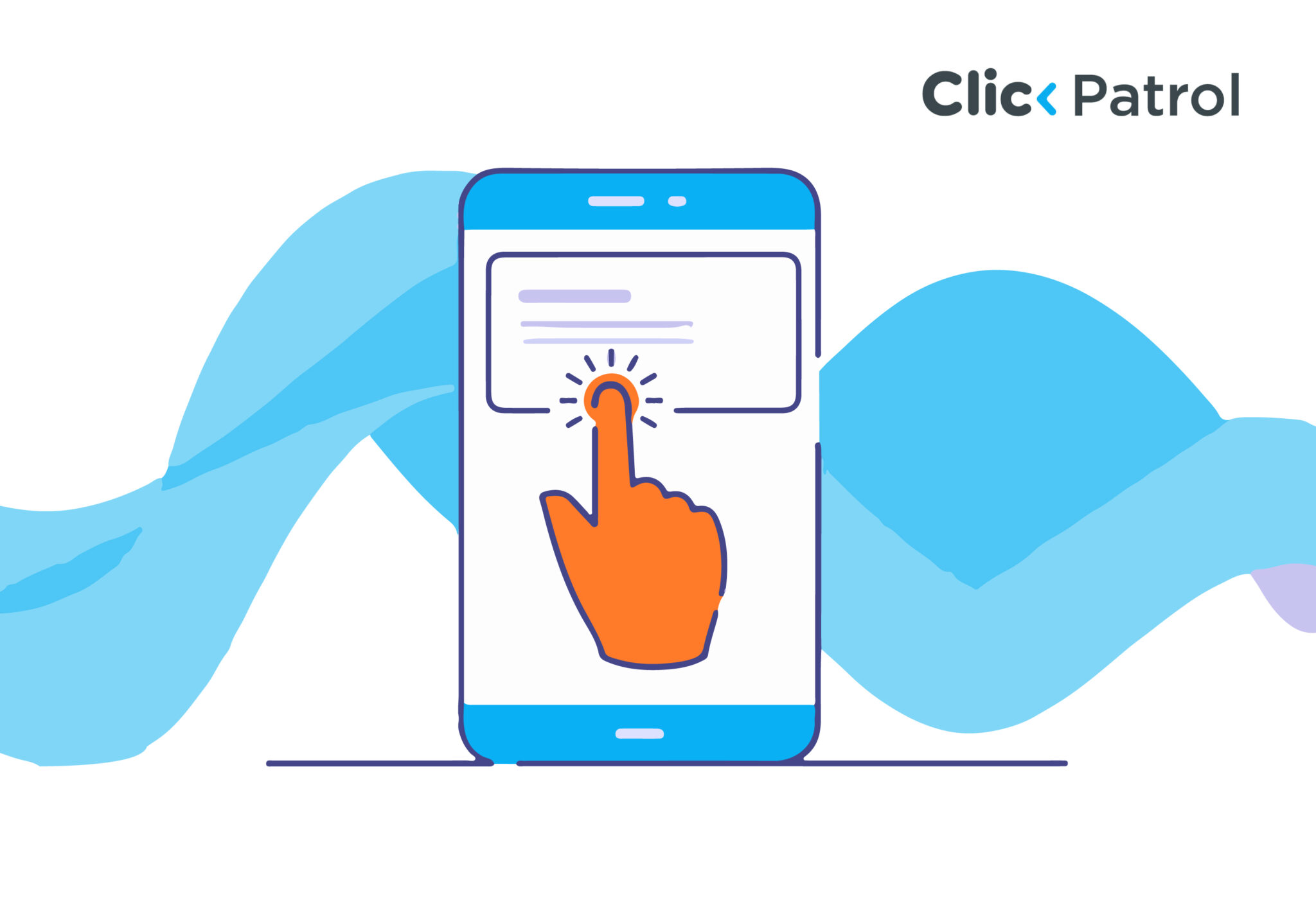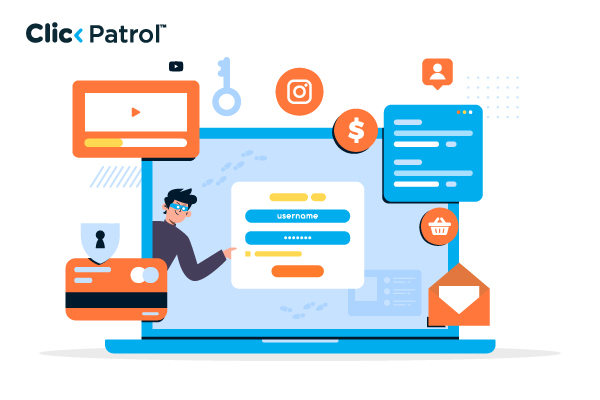While not illegal, using bots violates TikTok’s Community Guidelines and can result in account penalties.
TikTok bots explained: how fake followers and automation skew your metrics
Abisola Tanzako | Jun 04, 2025

Table of Contents
- Types of TikTok bots: followers, likes, and engagement tools
- Types of TikTok bots
- How TikTok bots work behind the scenes
- Are TikTok bots always “Bad”?
- Why are TikTok bots so popular?
- How to spot fake TikTok engagement (With tools and tips)
- Unusual follower-to-engagement ratio:
- Generic or spammy comments: Look out for:
- Sudden spikes in growth:
- Low video completion rates:
- Unbalanced engagement types:
- Tools to detect fake engagement
- HypeAuditor
- Social Blade:
- TikTok Analytics (Pro Accounts):
- Influencer marketing hub tools:
- Upfluence or Modash:
- Tips to protect yourself
- Weighing the real cost of TikTok bots
TikTok has emerged as a dominant platform, captivating audiences worldwide with its short-form videos and viral trends. As creators and businesses strive to enhance their presence, the use of TikTok bots has become a topic of interest and debate.
This article examines how TikTok bots operate, their impact on creators and brands, and provides guidance on detecting and avoiding them.
Types of TikTok bots: followers, likes, and engagement tools
TikTok bots are automated software programs or services built to perform actions on the TikTok platform that would otherwise require manual effort. These actions include:
- Liking videos
- Following and unfollowing users
- Posting comments
- Sharing content
- Watching or inflating video views
- Engaging with hashtags or trends
- Sending direct messages (in some advanced bot systems)
The primary purpose of TikTok bots is to increase engagement and simulate activity on a user’s profile. This is particularly appealing to:
- New creators who want to grow their visibility quickly
- Brands, looking to build awareness in a crowded space
Influencer hopefuls need engagement to appear legitimate to potential sponsors. At their core, these bots are designed to “game the system” by mimicking the behaviors that TikTok’s algorithm rewards, such as likes, comments, shares, and views, to gain traction and boost visibility on the platform’s “For You” page.
Types of TikTok bots
TikTok bots are not one-size-fits-all. They are usually specialized, depending on the type of engagement they are programmed to target. Here are the most common types:
- Follower bots: These bots operate by mass-following TikTok users, hoping that they will reciprocate by following back. This tactic is often referred to as “follow-for-follow.” Some bots also unfollow users after a specific period to maintain a clean follower-to-following ratio. The idea is to increase follower counts rapidly to create the appearance of popularity or influence.
- Like bots: Like bots automatically like other people’s videos, often in large volumes. Some are even configured to like videos within specific niches or those using certain hashtags. The dual aim here is to:
- Attract attention to your profile (users may click through to see who liked their post)
- Boost engagement rates on other users’ content to prompt reciprocation.
- Comment bots: These bots leave automated comments on videos either randomly or based on hashtags, keywords, or account targeting. The comments are usually generic (“Love this!” or “🔥🔥🔥”) to avoid detection by TikTok’s moderation systems.
Some services allow users to program custom or slightly more personalized comments. The idea is to increase your account’s visibility by being seen across many posts.
- Share bots: These bots aim to increase the number of times a video has been shared. TikTok’s algorithm rewards videos with a high share count, often pushing them onto more “For You” pages.
Share bots simulate this activity to enhance a video’s perceived virality, even when it has not organically gained traction.
- View bots: Perhaps the most commonly used type, view bots artificially inflate a video’s view count. Views are a core TikTok metric, and higher numbers can:
- Make a video appear more interesting or valuable
- Encourage real users to watch (social proof effect)
- Trigger algorithmic interest and reach a wider audience
- Engagement bots (All-in-one tools): Some bot services combine multiple features, such as likes, comments, follows, views, and shares, into a single automation suite.
How TikTok bots work behind the scenes
TikTok bots typically operate through software scripts, cloud-based platforms, or browser extensions that are programmed to imitate human behavior on the app.
Here is how they generally function:
- API simulation: Bots can interact with TikTok’s backend by mimicking user commands, such as likes, follows, and views.
- Proxy use: Many bots use rotating IP addresses and proxies to avoid detection and spread their activity across different regions.
- Behavioral timing: More advanced bots are programmed to interact at random intervals, mimicking human scrolling patterns.
- User input: Some services allow users to define their target audience by hashtags, locations, usernames, or niche interests, thereby maximizing engagement relevance.
Are TikTok bots always “Bad”?
Not necessarily. While many people associate bots with spammy or unethical behavior, not all TikTok bots are malicious. Some are simply automation tools used to:
- Schedule posts
- Auto-respond to comments or messages
- Monitor trending content
- Analyze engagement data
These types of bots, often referred to as “white-hat bots,” focus more on productivity and data insights than on manipulation. When used responsibly and in accordance with TikTok’s terms of service, automation can help creators manage their growing presence.
However, the “black-hat bots” that are used to fake views, inflate metrics, or deceive TikTok’s algorithm carry substantial risk, including:
- Account suspension or permanent bans
- Shadowbanning (reduced visibility without notification)
- Loss of credibility or trust from real users
- Wasted money on artificial metrics that do not convert
Why are TikTok bots so popular?
TikTok is a fast-moving platform. Virality can happen overnight, and every creator wants a chance to be featured on the For You page. With the pressure to grow, perform, and secure brand deals, bots offer a tempting shortcut, especially when organic reach is slow.
Add the fact that competitors might use similar tactics, and the appeal becomes even stronger. However, it is essential to remember that growth built on inauthentic foundations is often unstable and prone to collapse. TikTok’s users are savvy.
Brands and agencies increasingly rely on engagement quality over quantity. It is better to have 500 loyal fans than 50,000 fake ones.
How to spot fake TikTok engagement (With tools and tips)
As TikTok continues to grow as a marketing platform, so does the temptation for some creators and brands to buy fake followers, likes, and views to boost their perceived influence.
Here is how to spot fake TikTok engagement before you invest: Red flags to watch out for
Unusual follower-to-engagement ratio:
If someone has 100k followers but gets only 100 views or a handful of likes, that’s a major red flag. A genuine account typically sees consistent engagement that matches its follower count.
Generic or spammy comments: Look out for:
- Repetitive phrases like “Nice vid!” or “Great content!”
- Irrelevant emojis or random words. Comments in unrelated languages. These are often signs of bots or paid comment farms.
Sudden spikes in growth:
Genuine growth on TikTok is usually gradual or tied to a viral post. It is worth investigating if an account suddenly gains thousands of followers overnight without a viral hit.
Low video completion rates:
Real viewers watch videos through, especially if the content is engaging. If an account shows high views but low watch time, it may indicate that the views are purchased.
Unbalanced engagement types:
Some accounts may have many likes but few comments or shares, indicating an imbalance that suggests paid likes rather than organic interaction.
Tools to detect fake engagement
They include:
HypeAuditor
- Offers in-depth analytics on audience quality, engagement rates, and authenticity.
- Great for evaluating influencer accounts.
Social Blade:
Tracks follower growth, views, and other stats over time. Look for unnatural spikes or drops.
TikTok Analytics (Pro Accounts):
Creators with Pro accounts can view their metrics, including watch time, traffic source, demographics, and more. Ask influencers to share these insights.
Influencer marketing hub tools:
This includes free TikTok engagement rate calculators and tools to verify the authenticity of followers.
Upfluence or Modash:
These are premium tools that scan influencer profiles and flag suspicious activity, ideal for brands and agencies.
Tips to protect yourself
The tips include:
- Ask for screenshots of native analytics: Genuine influencers should be willing to share.
- Check multiple videos, not just one: Consistency is key. A single viral video is not the whole picture.
- Review their comment section: Engaged audiences often reply, ask questions, or start conversations.
- Trust your gut: If something feels off, it probably is.
Weighing the real cost of TikTok bots
While TikTok bots can offer short-term gains in visibility and engagement, they come with significant risks that can undermine long-term success.
Authenticity remains paramount on social media platforms, and building a genuine connection with your audience is the most sustainable path to growth.
By understanding the functions and implications of TikTok bots, creators and businesses can make informed decisions that align with their goals and values.
Protect your brand’s reputation. Audit your TikTok followers and engagement using trusted verification tools today.
Frequently Asked Questions
-
Are TikTok bots legal?
-
Can bots help me go viral on TikTok?
Bots may temporarily increase engagement metrics, but virality ultimately depends on the quality of the content and the audience’s resonance.
-
How can I detect if someone is using bots?
Unusual spikes in engagement, generic comments, and inconsistent follower activity may indicate the use of bots.






